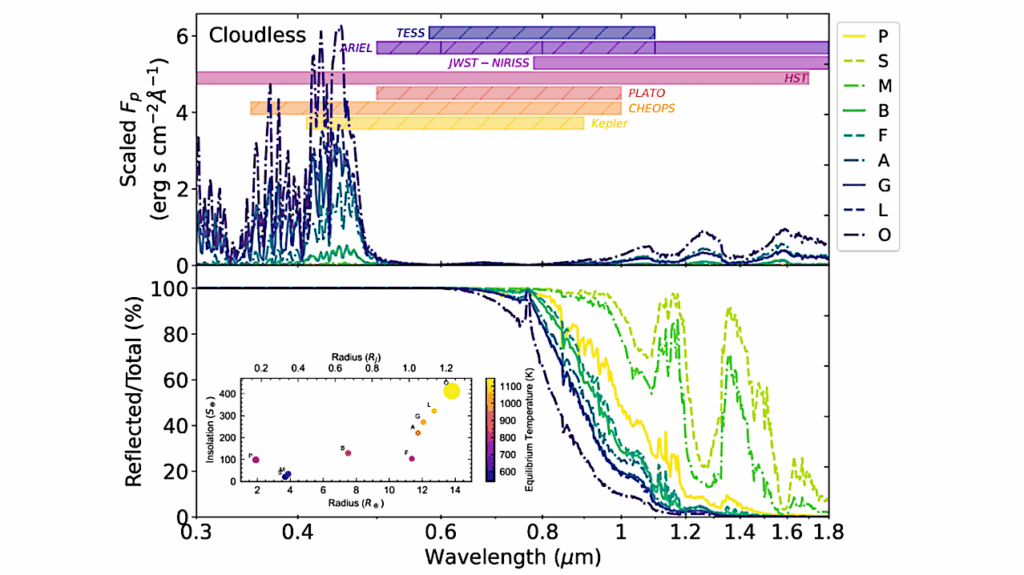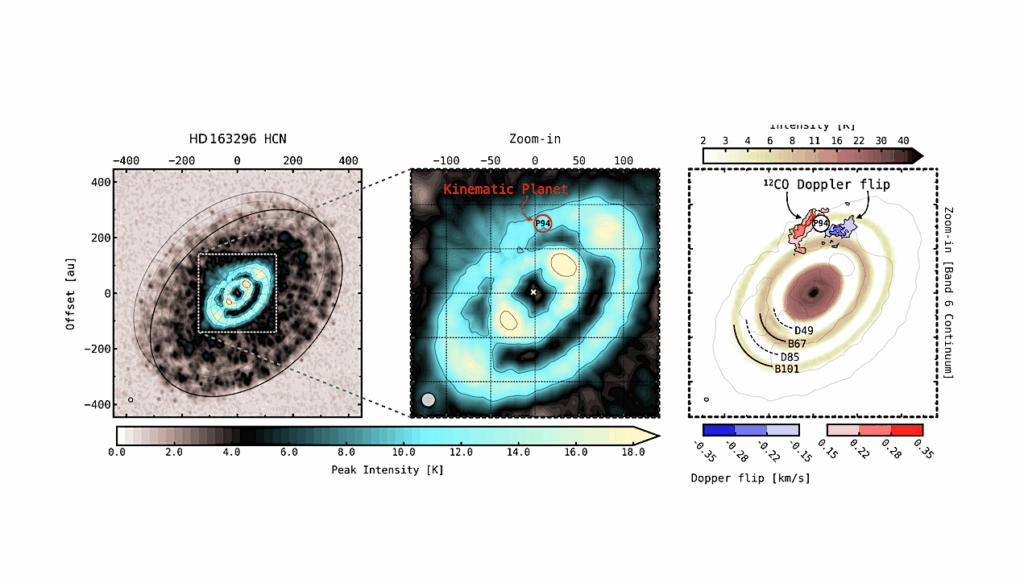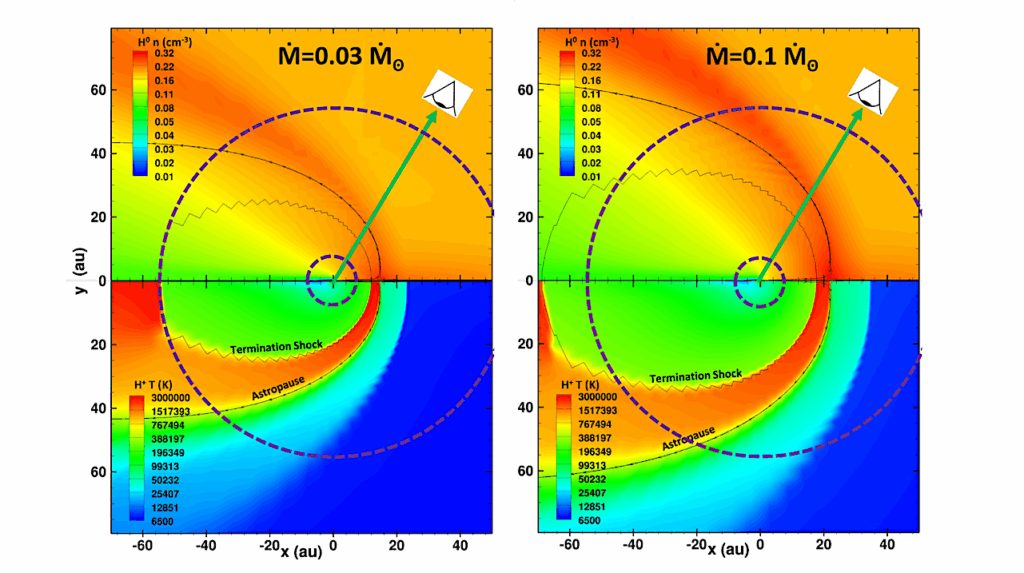Haze Formation in Warm H2-rich Exoplanet Atmospheres

New observing capabilities coming online over the next few years will provide opportunities for characterization of exoplanet atmospheres. However, clouds/hazes could be present in the atmospheres of many exoplanets, muting the amplitude of spectral features.
We use laboratory simulations to explore photochemical haze formation in H2-rich exoplanet atmospheres at 800 K with metallicity either 100 and 1000 times solar. We find that haze particles are produced in both simulated atmospheres with small particle size (20 to 140 nm) and relative low production rate (2.4 x 10-5 to 9.7 x 10-5 mg cm-3 h-1), but the particle size and production rate is dependent on the initial gas mixtures and the energy sources used in the simulation experiments.
The gas phase mass spectra show that complex chemical processes happen in these atmospheres and generate new gas products that can further react to form larger molecules and solid haze particles. Two H2-rich atmospheres with similar C/O ratios (~0.5) yield different haze particles size, haze production rate, and gas products, suggesting both the elemental abundances and their bonding environments in an atmosphere can significantly affect the photochemistry. There is no methane (CH4) in our initial gas mixtures, although CH4 is often believed to be required to generate organic hazes.
However, haze production rates from our experiments with different initial gas mixtures indicate that CH4 is neither required to generate organic hazes nor necessary to promote the organic haze formation. The variety and relative yield of the gas products indicate that CO and N2 enrich chemical reactions in H2-rich atmospheres.
Chao He, Sarah M. Horst, Nikole K. Lewis, Xinting Yu, Julianne I. Moses, Patricia McGuiggan, Mark S. Marley, Eliza M.-R. Kempton, Caroline V. Morley, Jeff A. Valenti, Veronique Vuitton
Comments: Accepted in The Planetary Science Journal; 21 pages, 5 figures, 1 table
Subjects: Earth and Planetary Astrophysics (astro-ph.EP); Instrumentation and Methods for Astrophysics (astro-ph.IM)
Cite as: arXiv:2008.09700 [astro-ph.EP] (or arXiv:2008.09700v1 [astro-ph.EP] for this version)
Submission history
From: Chao He
[v1] Fri, 21 Aug 2020 22:21:12 UTC (2,797 KB)
https://arxiv.org/abs/2008.09700
Astrobiology








